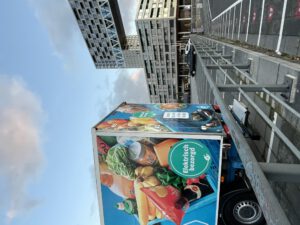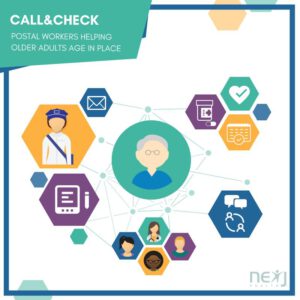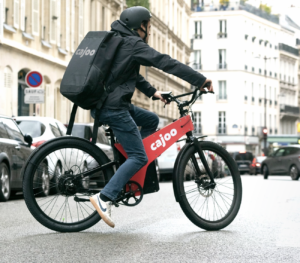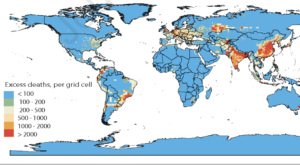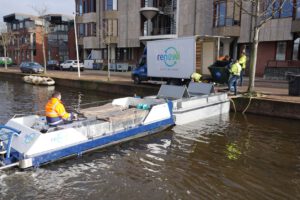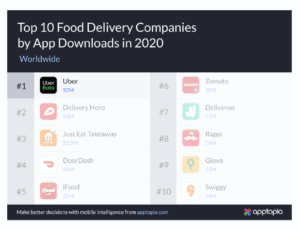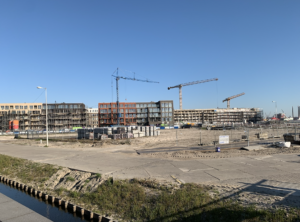LEAD report sheds light on the main challenges in city logistics
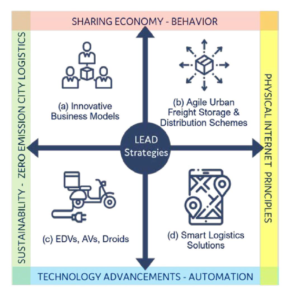
The resilience of the logistics chains is essential and has been increasingly put to test with the dawn of on-demand logistics, attempting to accommodate citizen’s expectations for fast delivery at low or even or zero cost. City logistics have long been an important element of sustainable urban mobility, with its importance being further reinforced with the …


